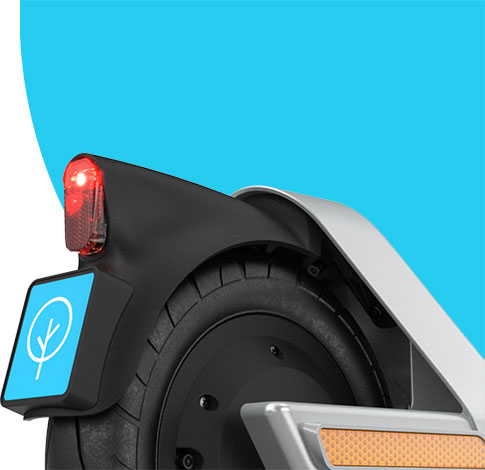Amid the various tactics employed thus far to help stem the spread of the coronavirus, there seems to be one on whose benefits nearly everyone can agree: repurposing city streets.
The reason for this comes down to simple cause and effect. As the practice of social distancing increases, interior public life progressively moves outdoors, pushing restaurant tables onto sidewalks and pedestrians onto the street. Eventually something has to give and, in this case, it’s the millions of square meters of public land most cities sacrifice to cars and car parking.
Bird Safety Advisory Board member Anna Muessig recently wrote that this domino effect has yielded an unexpected, large-scale experiment testing how streets can function in the future—and if early data are any indication, things are looking very promising.
Hoboken Open Streets Survey Results
Just across the river from Manhattan, Hoboken, New Jersey was quick to pilot an open streets program that temporarily closed Jefferson St. to vehicular traffic in order to “provide pedestrians and cyclists room to maintain proper social distancing.” More than 2,200 Hoboken residents completed a city survey tracking the effects of the program, with 88% responding that they wanted the pilot to continue for the duration of the COVID-19 pandemic.
More impressive still is the fact that nearly ¾ of respondents (74%) said that they wanted open streets to continue after the pandemic, even if it means a loss in parking.
“I’m extremely pleased that our open streets have been such a big hit and have helped with social distancing during outdoor activities,” said Hoboken Mayor Ravi S. Bhalla. “Given the challenge of Hoboken’s density, we are doing everything possible to ensure that our parks and other public places are not overcrowded.”
Seattle Stay Healthy Streets Become Permanent
In Seattle, “Stay Healthy Streets” were established in the wake of the coronavirus outbreak to help residents to stay active and socially distant without relying on cars and public transit. The designation, which denotes streets are closed to thru-traffic, has resulted in a 91% decrease in traffic volumes.
In the wake of such a successful pilot program, Mayor Jenny A. Durkan announced that at least 20 miles of Stay Healthy Streets would be made permanent.
“Safe and Healthy Streets are an important tool for families in our neighborhoods to get outside, get some exercise and enjoy the nice weather,” said the Mayor. “Over the long term, these streets will become treasured assets in our neighborhoods.”
More Cities Move Forward With Open Streets
As Chicago prepares to reopen outdoor dining on June 3, Mayor Lori Lightfoot announced that the city’s DOT would be closing off sections of six streets to help local restaurants create extra patio and sidewalk seating options. Portland, OR is taking similar steps, allowing local businesses to apply to take over sidewalks, parking spaces and even close off entire streets in order to encourage social distancing.
Such measures are already seeing success in major European cities like Berlin, Paris and Milan, where open streets are being paired with improved infrastructure and other initiatives to increase micromobility use.
For more information, or to get involved in bringing open streets to your community, visit OpenStreetsProject.org.

